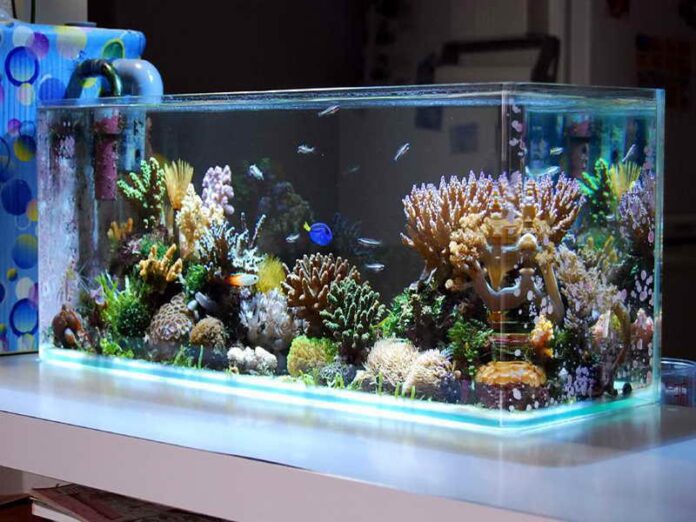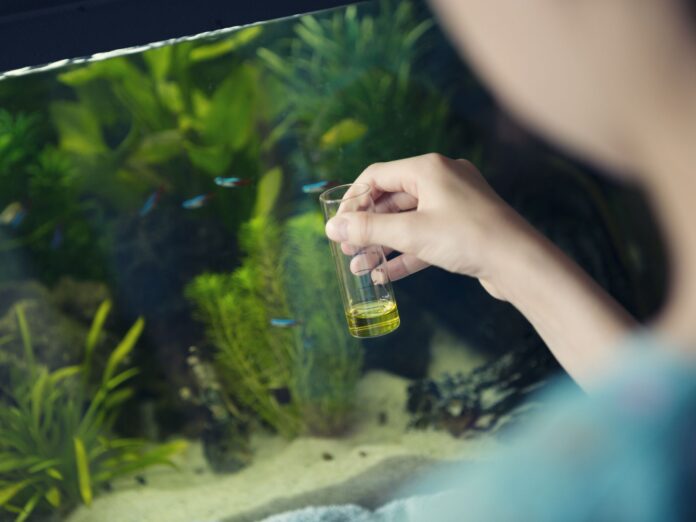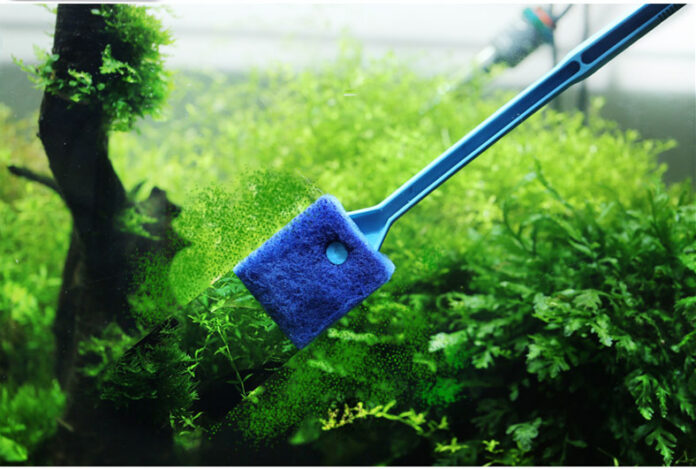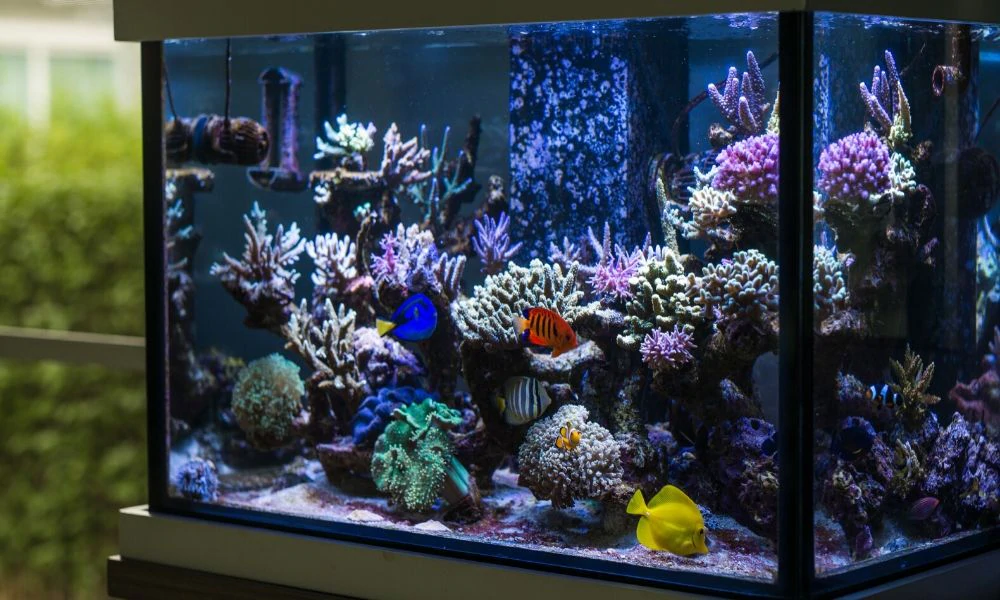Are you interested in having an aquarium in your home, especially a reef aquarium? Many people wish to keep it in their house as it tends to add aesthetics to their house. However, it is vital to be aware of a few things prior to getting a reef aquarium.
Essential Things You Should Know While Getting a Reef Aquarium

We have listed a few vital things every homeowner has to know before acquiring a reef aquarium.
1. Type Of Ecosystem
In general, there are several types of tanks available for you to set up. For instance, you can select from FOWLR tanks (fish only with live rock), reef tanks, coldwater reef tanks, seahorse tanks, and more. If you want a reef aquarium, it is vital to select the ideal reef tank. Do you want to buy reefs for it? In that case, make sure to visit www.bktfish.com, where you can have a look at different live corals, fish, and dry goods as well.
2. Size Of The Tank
Another thing you need to consider is the tank size. It is easy to determine the tank size depending on your budget, choice of livestock, and the availability of space in your home to install the aquarium. However, the best way to keep reefs is to choose big tanks.
Though reef aquariums are not very cheap, there are always some methods to get an affordable option. It is better to acquire the largest aquarium you can pay for since you can avoid buying another aquarium if you decide to add more reefs and livestock in the long run.
In addition, larger aquariums are also easy to maintain due to the water chemistry. Water chemistry is one of the most difficult aspects of sustaining an aquarium. It is crucial to remember that as there is more water in huge tanks, changes in water chemistry take longer. In short, massive tanks are more forgiving.
3. Water Testing

Water testing is one of the more time-consuming parts of maintenance. Without it, it is hard to understand what is happening within the reef tank. When you test the water, you get the opportunity to fix any water chemistry unevenness and enhance the system’s overall water quality.
It is best to test the water a minimum of one time a week. Though several local fish businesses will assist you with checking the water, you can buy aquarium test kits at a reasonable price. Thus, it is a decent idea to begin testing the water by yourself.
Here are the safe water parameters for a reef aquarium:
● Salinity: 35ppt or 1.0264 specific gravity
● Temperature: 75 to 80 degrees Fahrenheit (23.5 to 26.5 degrees Celsius)
● Alkalinity: 8 to 12 dKH
● Magnesium: 1250 to 1350 ppm
● Calcium: 350 to 450 ppm
● Phosphate: <0.2ppm
4. Water Movement
A healthy reef tank requires plenty of flow, and powerheads provide that flow. Based on the size of the reef tank, you might need more than one powerhead to achieve it. Gas exchange is aided by water movement, which protects and maintains the health of the fish and corals.
5. Filtration
A reef aquarium needs three forms of filtration: mechanical, biological, and chemical. Mechanical filtration helps eliminate huge particles from the tank water, and a sponge filter is used for this filtering. Before it decomposes, this filter takes out free-floating trash.
When the tank has been thoroughly cycled, biological filtering will start. Biological filtration occurs when microorganisms in the tank break down harmful ammonia and restore it to nitrites, which are then converted to less toxic nitrates. The nitrogen cycle is another name for biological filtration.
Activated carbon can be used for chemical filtering. Organic contaminants that cannot be eliminated by biological or mechanical filtration processes are removed with activated carbon filters.
6. Lighting

The success of your reef tank depends on the lighting you use. Corals are photosynthetic, which means they require light to live. However, excessive amounts of light can result in undesired algal blooms. As a result, it is better to start slowly. When you first arrange the reef aquarium, make sure to switch on lights for 6 to 8 hours every day.
If you possess a controllable LED light, you can also reduce the light intensity. Once the aquarium is cycled for six weeks or longer, you can gradually increase the photo duration. If you start noticing algae blooms, keep in mind to decrease the intensity or length of light during daylight.
7. Aquarium Maintenance
Here, we have listed three primary aquarium maintenance requirements:
● Water Change
Changing water from time to time is vital to maintaining a clean aquarium, which also helps to eliminate nutrients and restock elements. It is better to change at least 20% of the total water once a week.
● Cleaning Protein Skimmer
The filthiest tool in the reef tank is likely to be protein skimmers. Based on the bioload and tank size, it is better to clean the collection cup thrice a week to avoid bad odor. If the water is relatively clean, once or twice a week cleaning is acceptable. However, daily cleaning might be essential if you have a huge bioload.
● Cleaning Aquarium Glass

You have to clean the acrylic or glass aquarium with the ideal tools so that they remove all the algae without leaving any scratches. It is better to use a magnetic scraper for cleaning once a week or every day.
8. Safety
Massive amounts of electrically conductive salt water, complicated plumbing, and several electrical types of equipment kept in near surroundings induce a considerable risk of injury to both people and property. Make sure to use the equipment as directed by the manufacturer.
If possible, the electrical equipment must be situated above the water level, and drip loops need to be used. The devices have to be hooked into ground fault circuit interrupter (GFCI) outlets, and circuit restrictions must not exceed.
Bottom Line
We have included all the essential information you need to know about reef aquariums before getting one. Make sure to give importance to the tank size, lighting, water movement, water chemistry, filtration, water changing, and maintenance of the reef tank.









